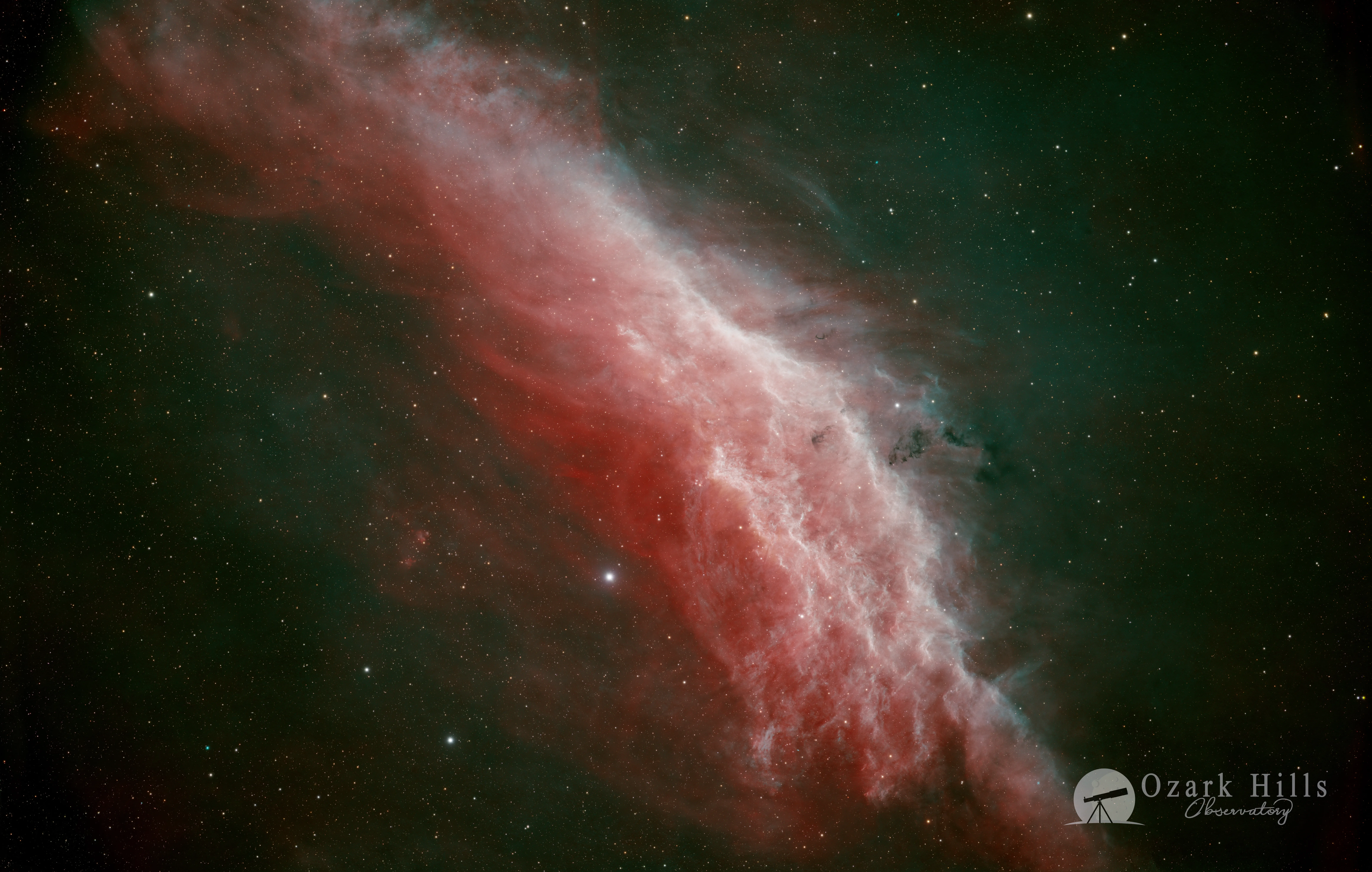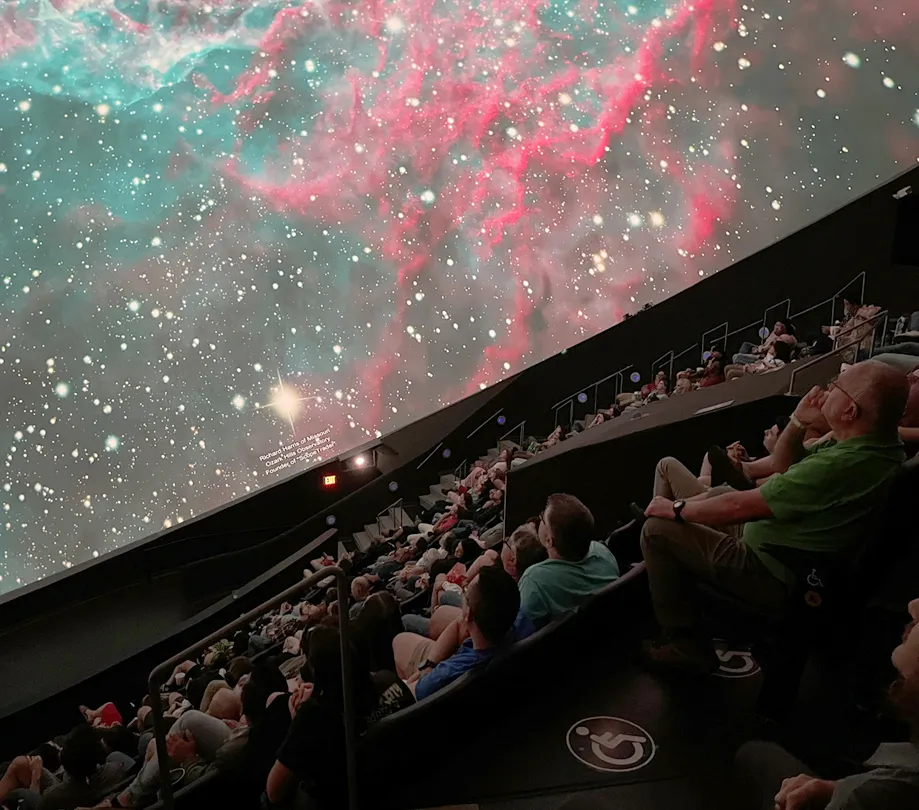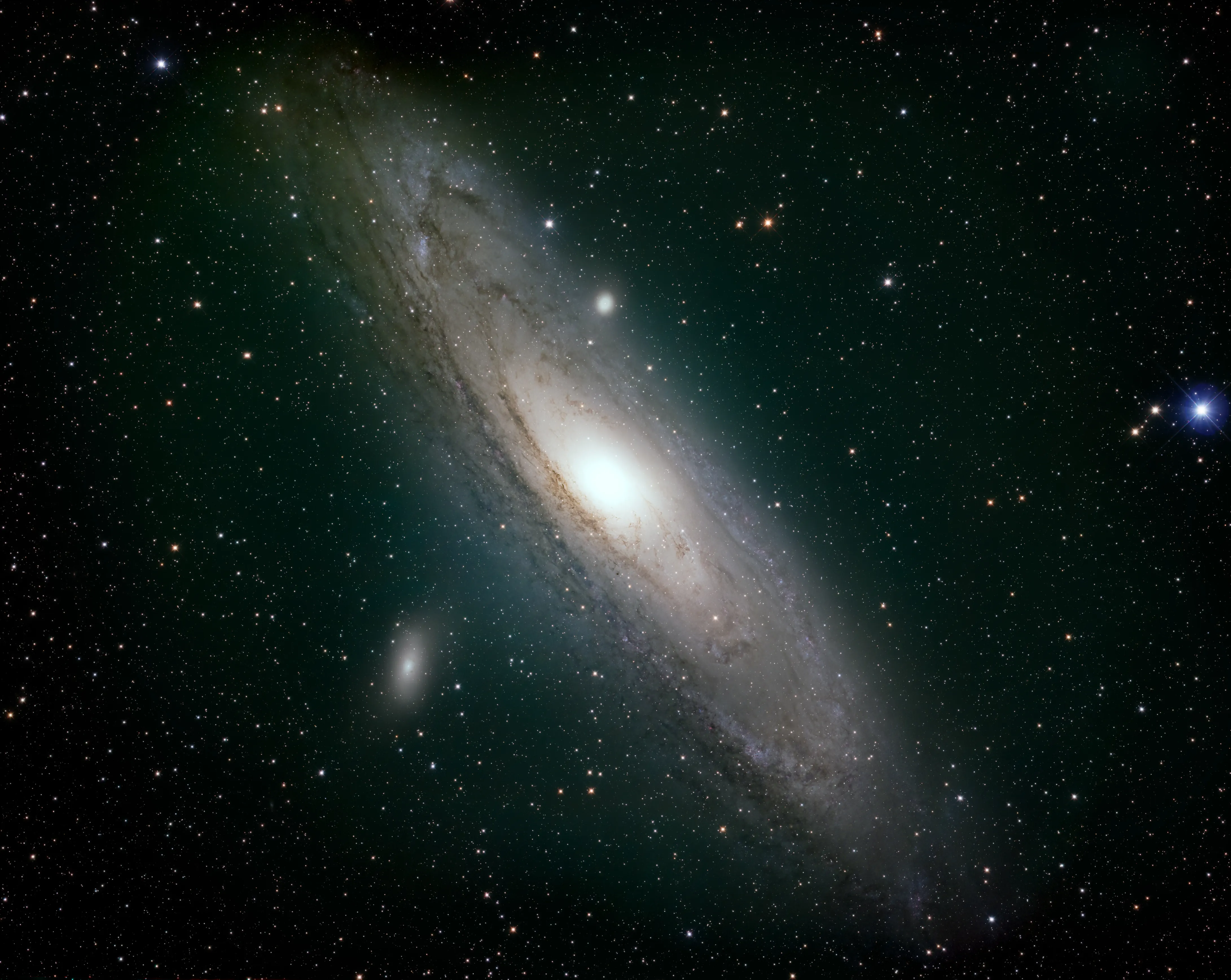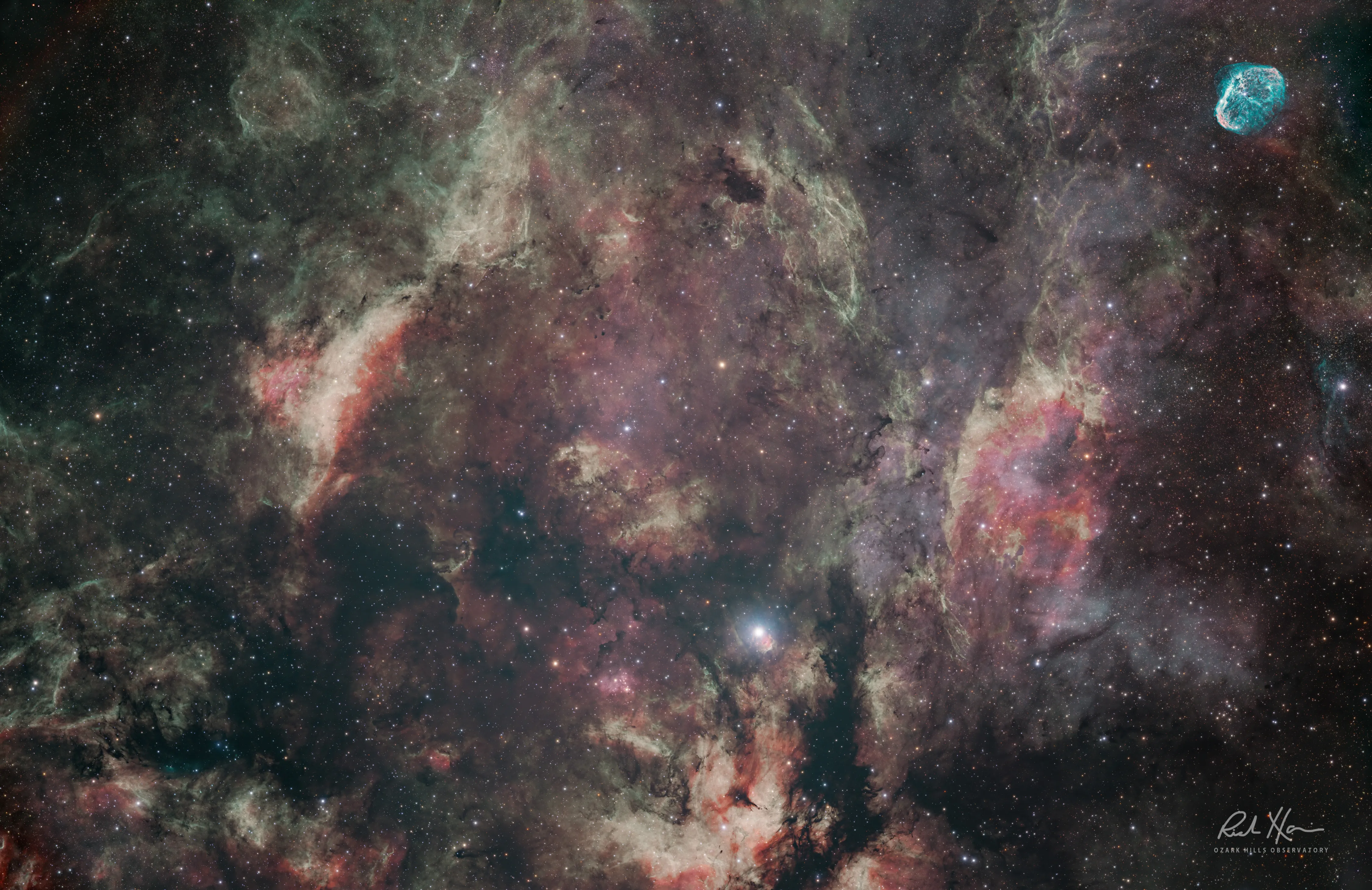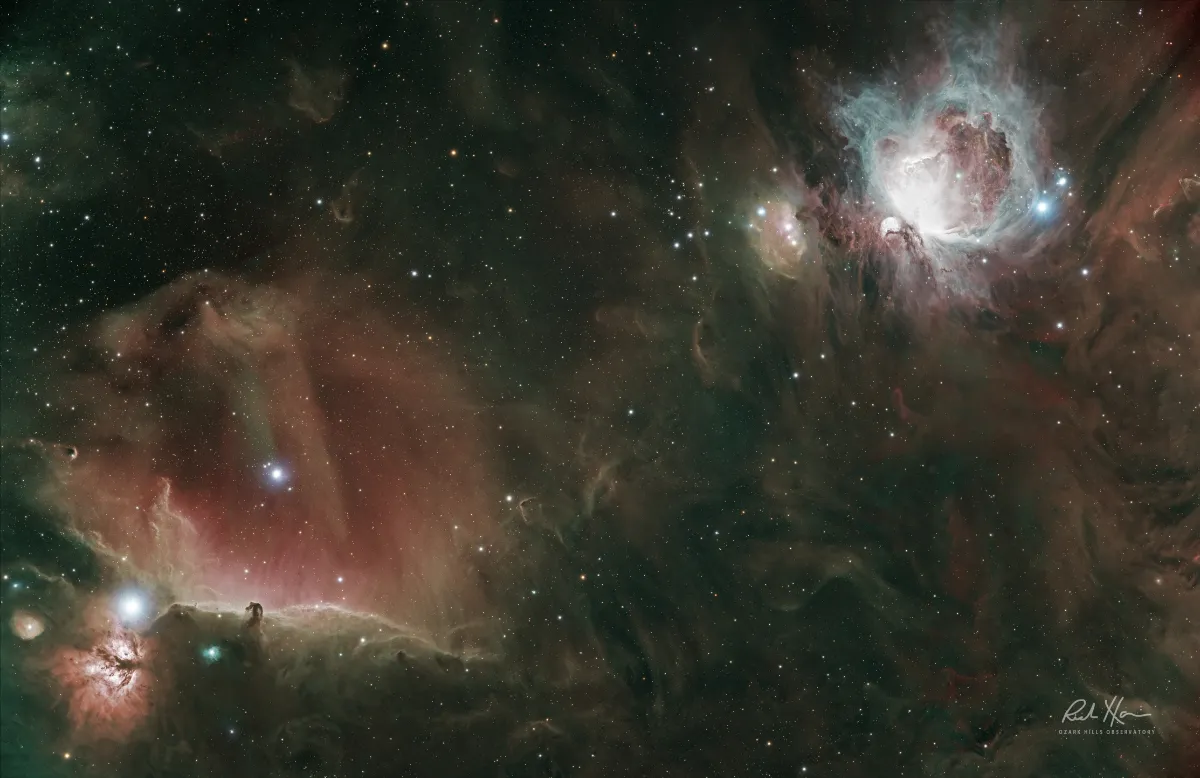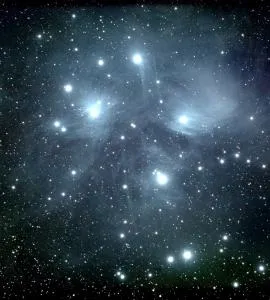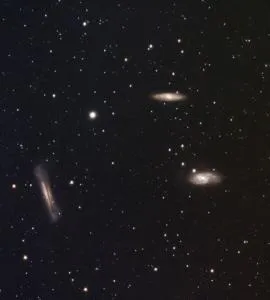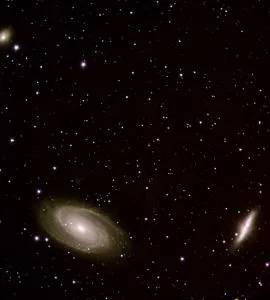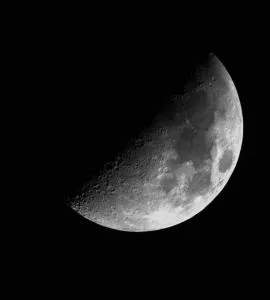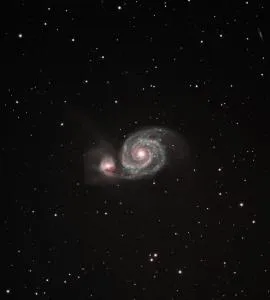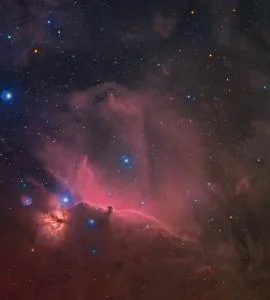M16 eagle nebula pillars of creation astrophoto with CDK24 by Richard Harris
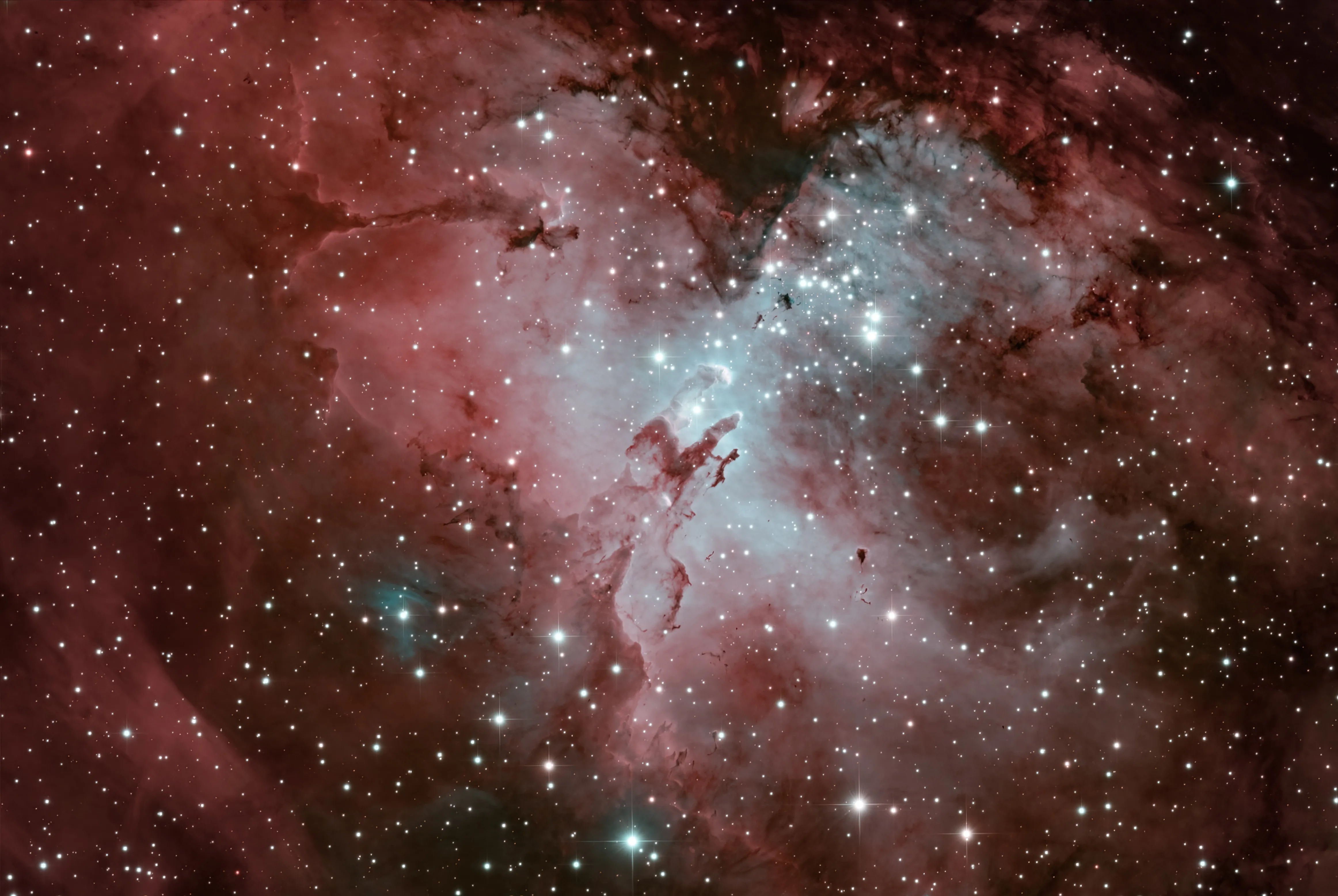
M16, "Pillars of Creation", often referred to as the Eagle Nebula by astronomy enthusiasts and astrophotography aficionados, stands out as one of the most luminous nebulae visible from Earth. Richard Harris takes aim at M16 with the 24" PlaneWave telescope in Chile and the results are amazing.
The famous Eagle Nebula, or M16 to us Astronomers, or as made famous by the Hubble Space Telescope in 1995, "The Pillars of Creation". It's one you probably recognize the most because it's been on mugs, t-shirts, posters, and tatoos by folks worldwide.
The Eagle Nebula is a young open cluster of stars surrounded by a vast cloud of gas and dust. It was discovered in 1745 by the Swiss astronomer Jean-Philippe Loys de Chéseaux, and is located 7,000 light-years from Earth in the constellation Serpens. With an apparent magnitude of 6, the Eagle Nebula can be spotted through a small telescope and is best viewed during July in North America.
Eagle Nebula Astrophoto Details
Telescope: PlaneWave 24"
Mount: Planewave L600 direct drive mount
Camera: Moravian C3-61000 Pro, Temp= -10, Gain-0
Guider: ZWO ASI 174mm mini as the guide camera, off axis guided
Controller: NINA
Acquisition: RGB+L 8 frames @ 600 seconds each (6.5 hours total), Ha 8 frames @ 600 seconds each
Darks/Flats/Bias: (15-25 each)
Processing: Pixinsight, Photoshop
Location: Chile/Missouri
Bortle: 1
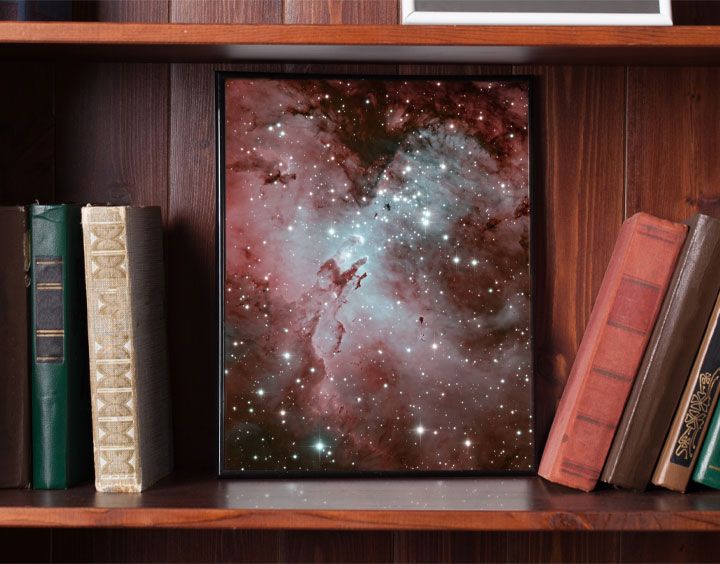
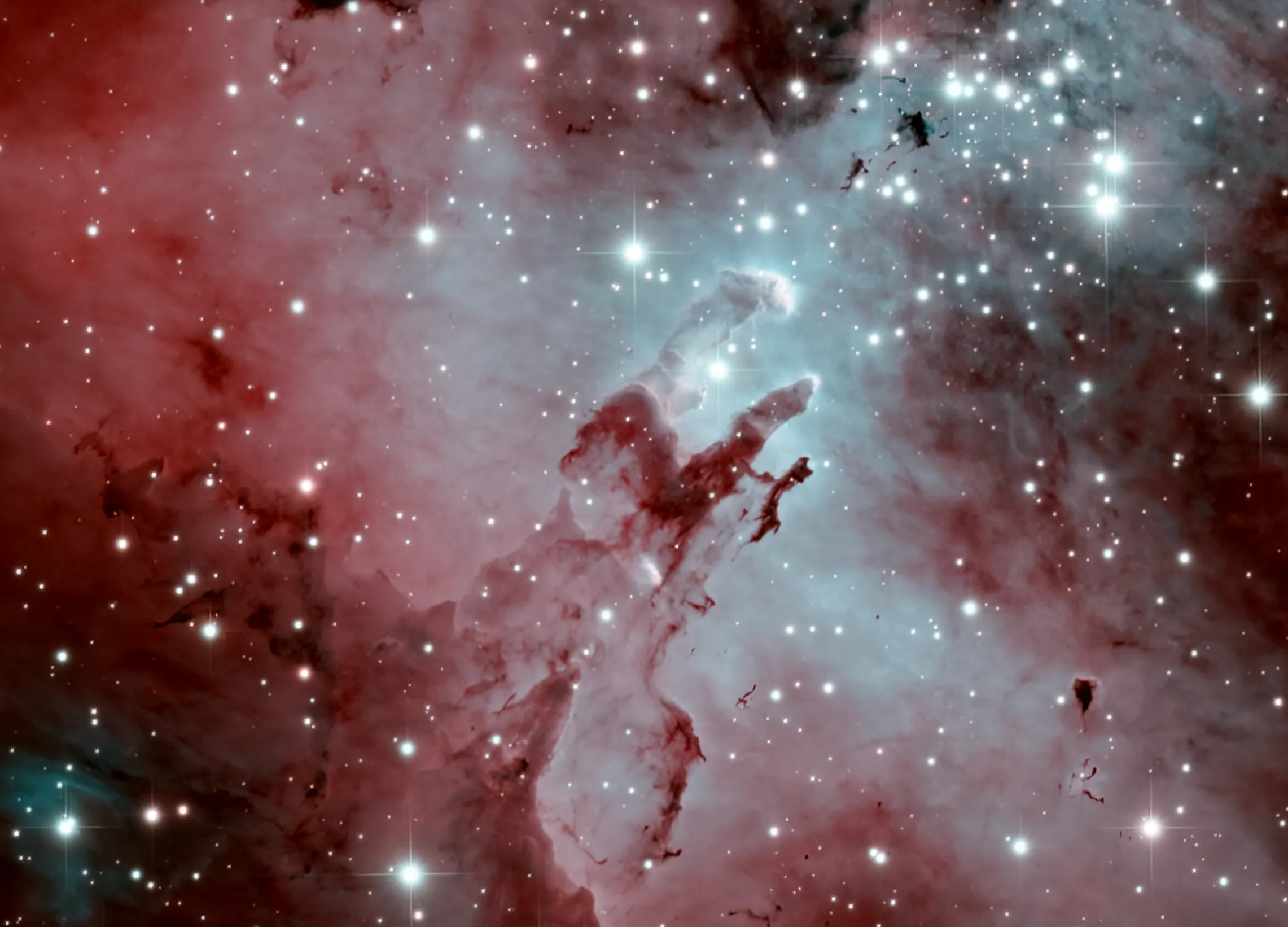
The Eagle Nebula, like many other astronomical objects, is captured in multiple wavelengths to gain a comprehensive understanding of its structure, composition, and the processes occurring within it. Observing in various wavelengths provides different and complementary information about the nebula.
Check out this viewspace.org comparison of the many types of photos taken of the M16 Pillars of Creation.
My shot was in the mostly visible spectrum: Red, Green, Blue, and Hygrogen Alpha.
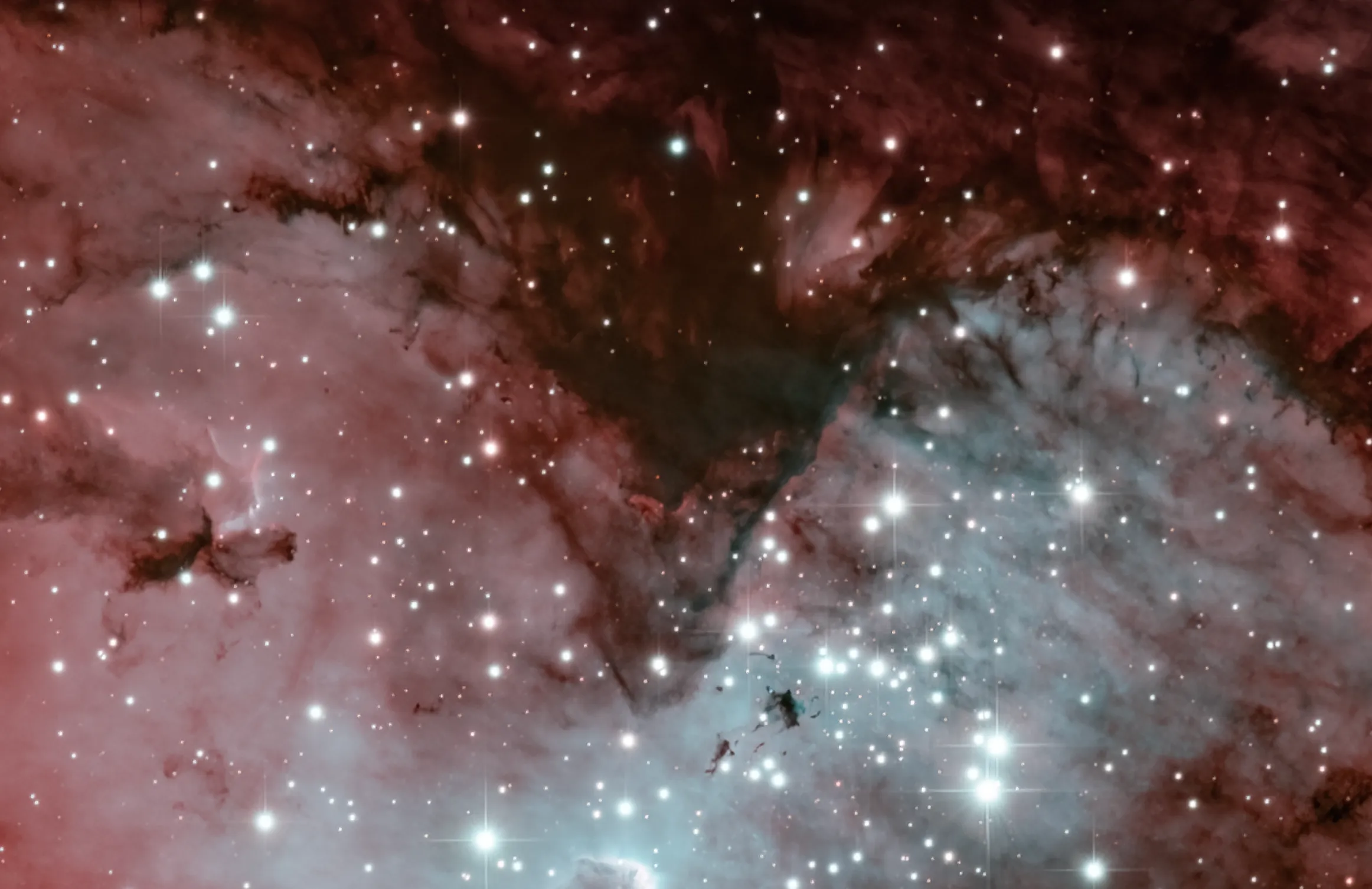
The Bible and The Eagle Nebula
Inspired by the divine scriptures, I often turn to the Holy Bible to illuminate the splendor of our cosmos, seeking to infuse the celestial subjects of my photographs with a touch of heavenly perspective.
For the Eagle Nebula, I turn to Isaiah 40:31 - But those who hope in the Lord will renew their strength. They will soar on wings like eagles; they will run and not grow weary, they will walk and not be faint.
Hubble 1995 Pillars of Creation compared to Ozark Hills Observatory 2023, almost 30 years apart!
Telescope and camera technology has come so far.
The photo below shows a comparison of what the Hubble captured in 1995 and what the CDK24 in Chile captured, and I processed in 2023. Not too shabby I say, especially considering my image is just under 7 hours from a land-based telescope, and Hubble's photo is comprised of hundreds of hours of data acquisition from a telescope floating in space!
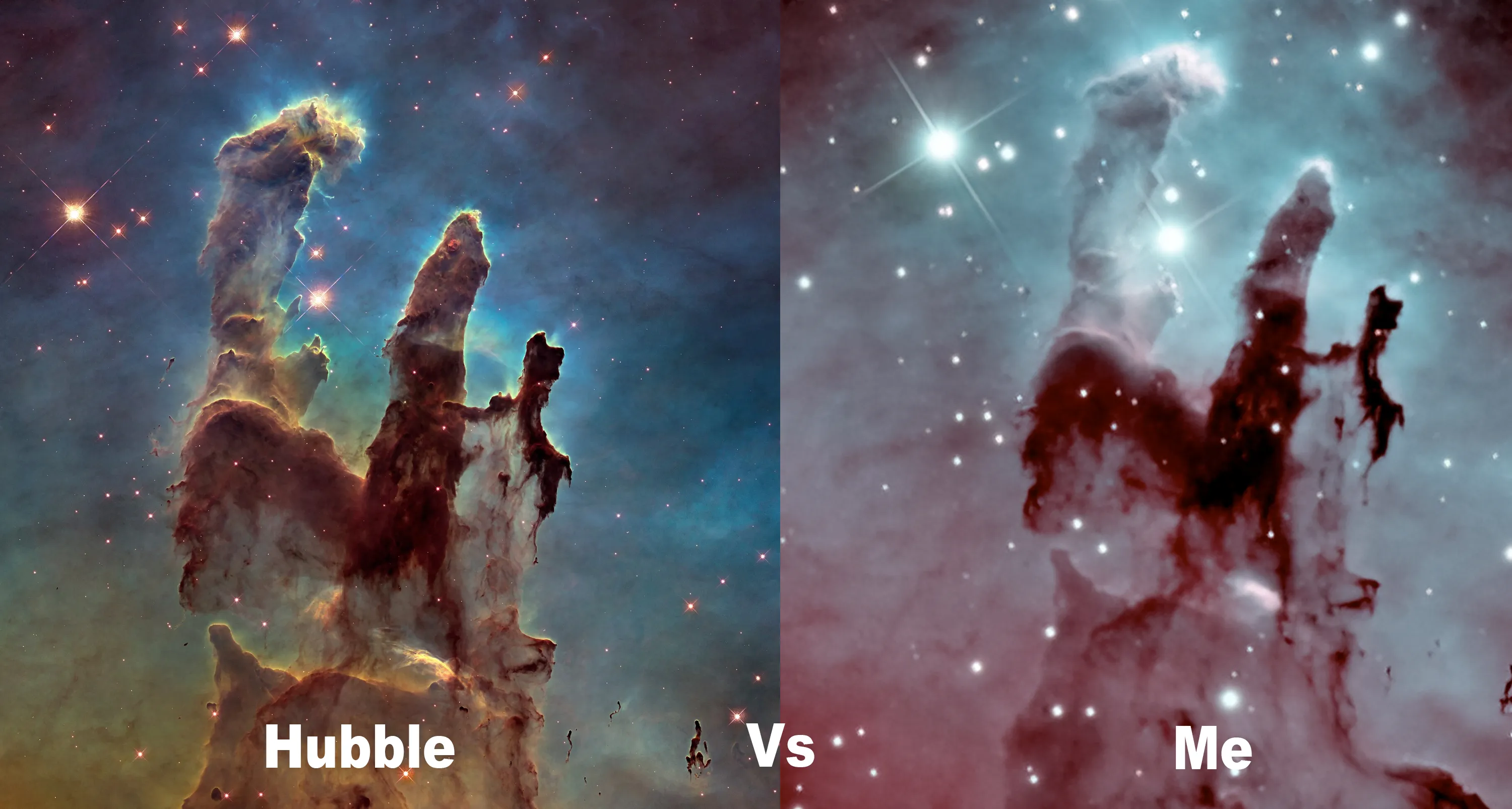
About the Author
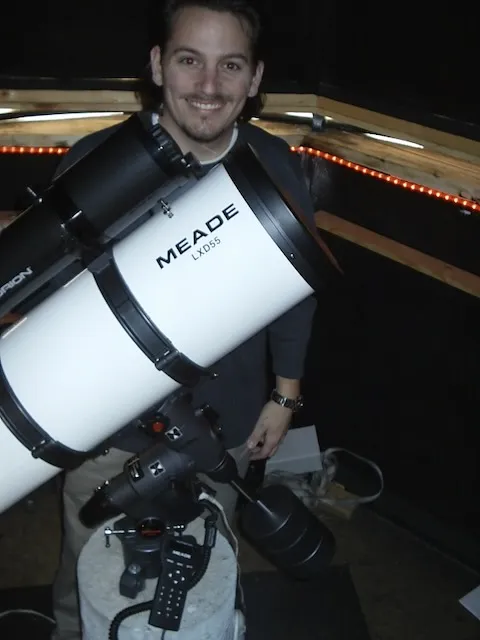
Meet Richard Harris. He is the founder and editor-in-chief of ScopeTrader, with over 30 years of experience in observational astronomy and astrophotography. He serves as the director of the Ozark Hills Observatory, where his research and imagery have been featured in scientific textbooks, academic publications, and educational media. Among his theoretical contributions is a cosmological proposition known as The Harris Paradox, which explores deep-field observational symmetry and time-invariant structures in cosmic evolution. A committed citizen scientist, Harris is actively involved with the Springfield Astronomical Society, the Amateur Astronomers Association, the Astronomical League, and the International Dark-Sky Association. He is a strong advocate for reducing light pollution and enhancing public understanding of the cosmos. In 2001, Harris developed the German Equatorial HyperTune—a precision mechanical enhancement for equatorial telescope mounts that has since become a global standard among amateur and professional astronomers seeking improved tracking and imaging performance. Beyond the observatory, Harris is a serial entrepreneur and founder of several technology ventures, including Moonbeam® (a software company), App Developer Magazine (a leading industry publication for software developers), Chirp GPS (a widely used mobile tracking application), MarketByte, and other startups spanning software, mobile, and cloud-based technologies. Driven by both scientific curiosity and creative innovation, Harris continues to blend the frontiers of astronomy and technology, inspiring others to explore the universe and rethink the possibilities within it. When he's not taking photos of our universe, you can find him with family, playing guitar, or traveling.

